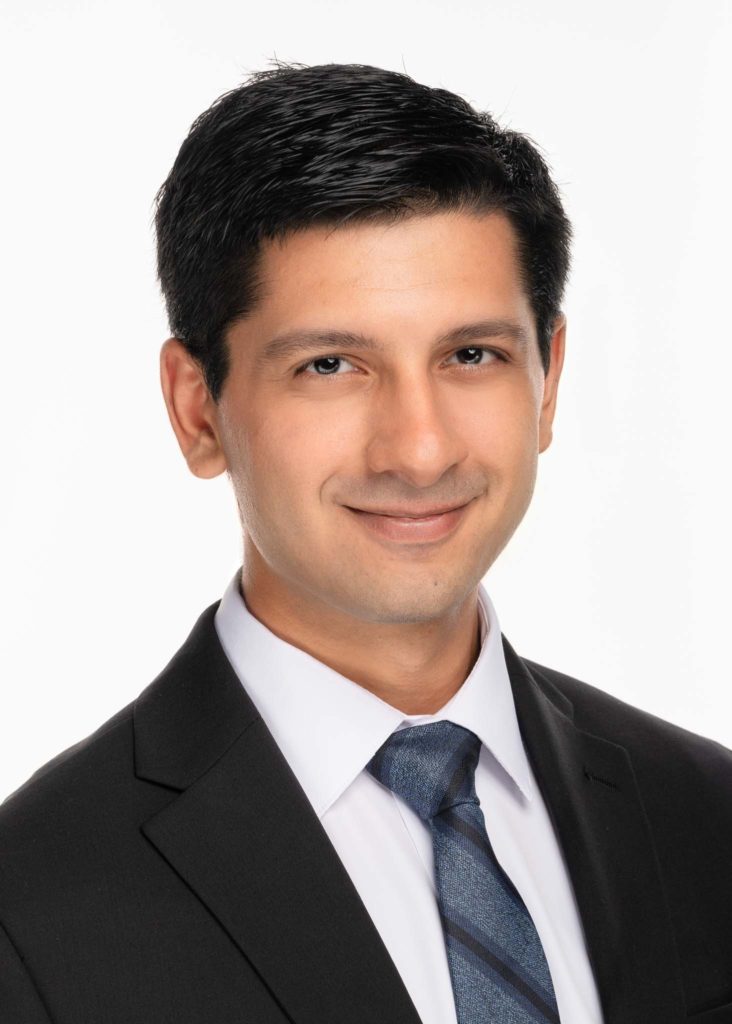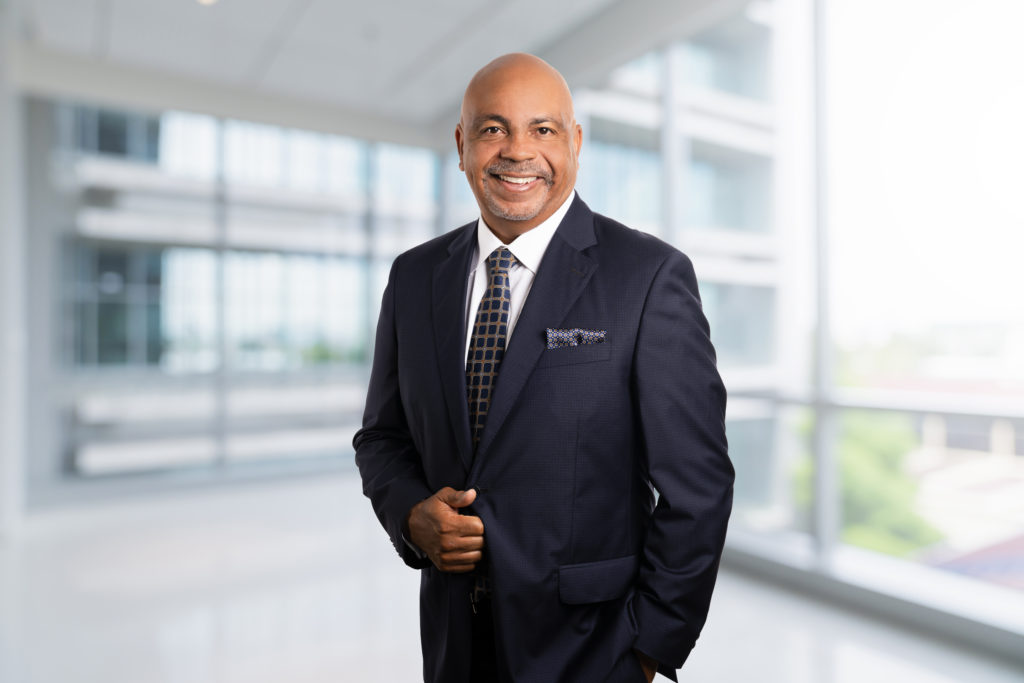LinkedIn Headshots – Why its so important
Recently I suggested to a client that they get their LinkedIn headshot updated because it hadn’t been done in several years.
“Why? I’m happy where I’m at, and I’m not too keen about looking for a new job anytime soon,” they told me.
I realized then that not enough people realize the importance of LinkedIn for several aspects of your career, notwithstanding if you’re looking for a new position.
LinkedIn is often one of the top links that appears whenever someone searches your name, so you should keep it updated regularly just for that reason alone, but there are many other reasons to do so.
Here are several other reasons why you should keep your profile and your LinkedIn headshot updated, even if you’re in your dream job.



Networking
Many professionals use LinkedIn as a place to connect with other people in the same industry. Keeping your job title, major responsibilities, accomplishments, skill sets, recent completed projects, etc. updated can help other individuals find you.
You might be surprised how connections like these could lead to collaborating on new and interesting projects or getting asked to speak at conferences or contribute to industry publications.
These kinds of connections could actually help you level up at your own company. When your next review came around, you could discuss these valuable relationships and what came of them.
Because of these relationships, you may also learn of job opportunities you may not have considered before. Even if you felt like you were already in your dream job, you might learn of something else that would be even more interesting.
Keeping your headshot updated may seem silly, but you’d be surprised how often people will see your profile and then recognize you at industry events. If your headshot isn’t updated, then you may miss out on other networking opportunities in person.
Further, your LinkedIn headshot should always project professionalism. While a photo of you coaching your son’s little league baseball team may be perfect for Facebook, LinkedIn is a social media website for business professionals. You don’t want to portray yourself as “casual,”not serious,” or “fun.” Those might be your personal values, but they wouldn’t convey the right message to fellow industry professionals, your current coworkers and bosses, and field recruiters.

Personal branding
Since LinkedIn will always be one of the first links that appears on Google when someone searches your name, it must be a core part of your personal brand. Personal brand is a buzzword, but it’s the way of things right now. Your personal brand might just be the fact that you’re an expert in your field. You are your greatest asset, and you convey that through be clear and succinct about who you are and what you do.
As you become known more in your respective field and keep your projects and accomplishments updated on your LinkedIn profile, recruiters will likely reach out to you.
Whether you’re interested in the jobs you learn about doesn’t matter. You may learn of a new opportunity, and that would be fantastic. OR you could use the fact that you’re being recruited to work for other companies as a way to leverage for more money at your next review.
Plus it’s always flattering to be recruited. You may not be aware of how great you’re doing, but if a recruiter notices you, you might get reminded that you should share what you’re doing more because people find it fascinating.
Next steps for your career
While you may be happy with your current position, that doesn’t mean you shouldn’t consider how your job might look five to ten years from now. Connecting with other people in your industry and hearing from job recruiters can give you an idea of other options.
There may be people in your industry or field doing things you never considered before. Even if you aren’t interested in pursuing something now, you never know what the future will hold.
You may need it later on.
We never know what is in store for us. You may assume that you’ve found your forever job, but then something happens: the company folds or gets bought out, you get laid off, you lose your passion for that specific type of work and get bored and want to try something new. You may get a new boss that you can’t stand working for.
In the event that something happens where you want to leave your current company, it’d make the whole process of searching for a new job less stressful if you already had a habit of keeping your profile up-to-date. It also wouldn’t raise any red flags with your current bosses, co-workers, etc. if you regularly updated then if you just updated it all of a sudden.
Plus if you’ve kept your LinkedIn profile updated, you’ve likely connected with some recruiters. Since you would have already made those connections, you’d already have a person you could reach out to about potential job openings.
If you’re wanting to begin this process yourself, consider these tips:
- Make sure to update all of the verbiage about your job and skill sets.
- Add in any new accomplishments, such as completed projects and all of the related stats.
- If there are any write-ups or press mentions, those are easy to add to. If you’re uncomfortable with the idea that you might be “bragging,” click to the facts. Those will speak for themselves.
- Update your LinkedIn headshot.
- Having no photo makes your profile look like it’s not real. Having one that’s outdated will hurt you with any potential connections you might meet in the real world. Plus outdated photos often look outdated (your outfit and hairstyle may clearly be from decades ago), which means that the information on your profile would be called into question too. A professional headshot really is in your best interest as your LinkedIn profile may be the very first way someone is introduced to you. Clear and professional is how you want to appear because first impressions do matter!
